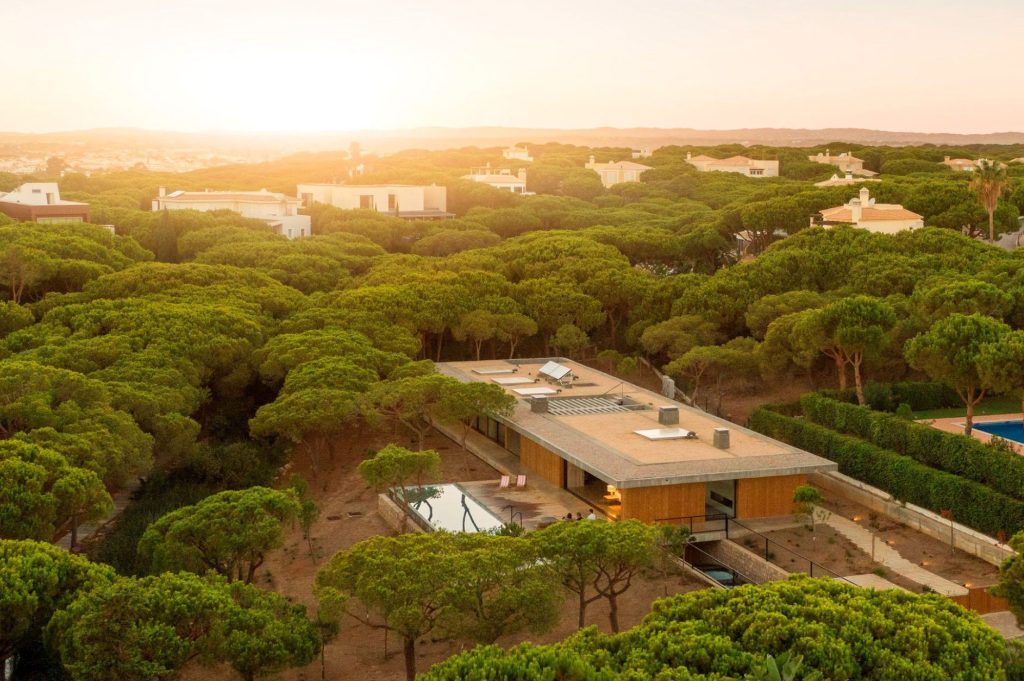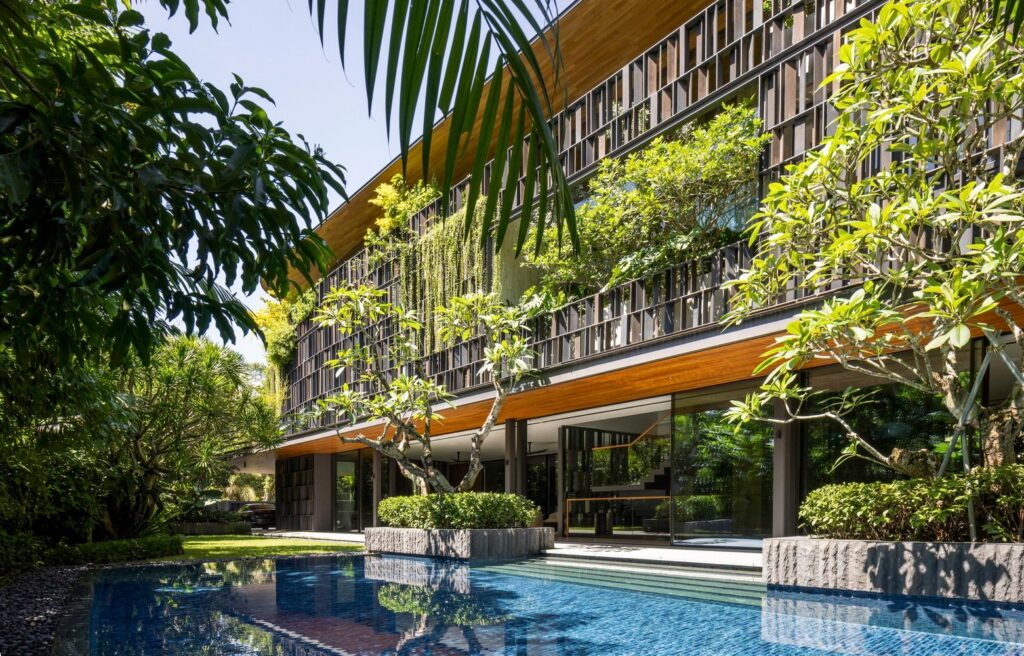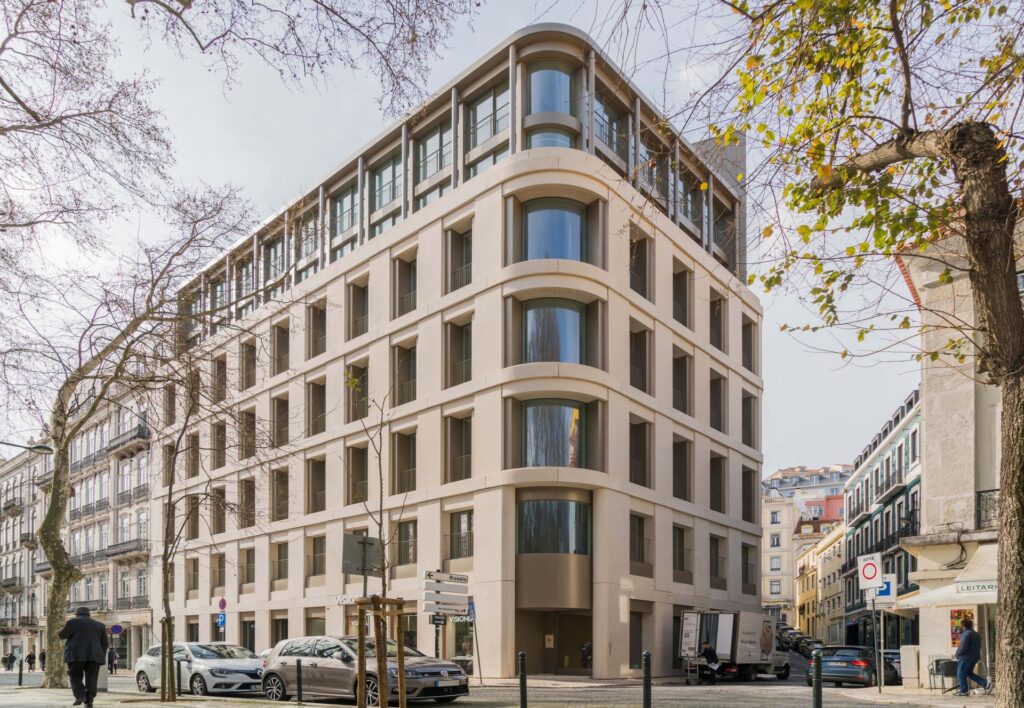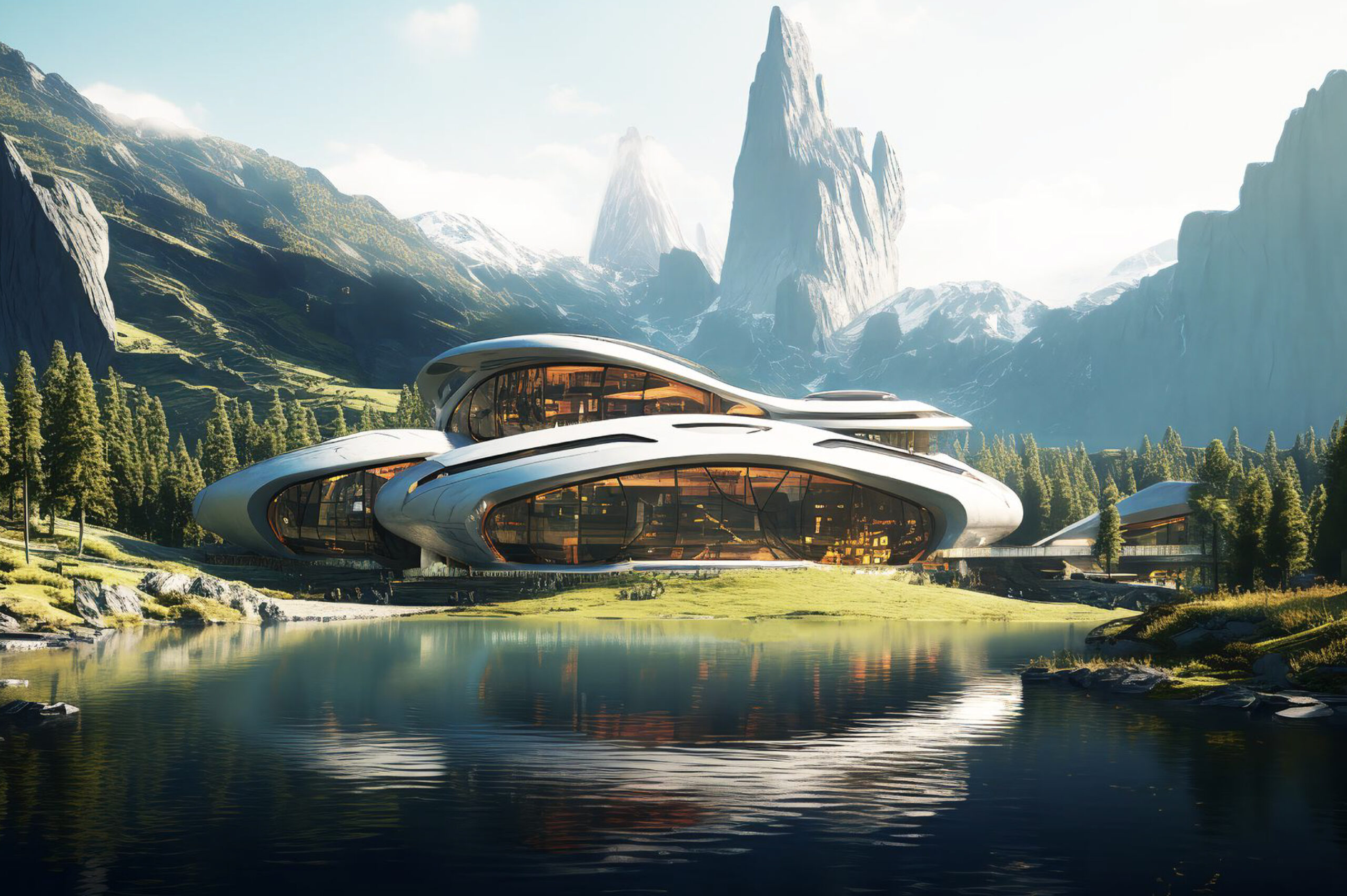Environments change as the world changes. Changing values, digital technologies, and environmental consciousness are shaping the future of residential architecture. We know now that the future of housing will require us to redefine how we live, occupy space, and move in response to global challenges. In this article, we uncover some trends that will significantly define the future face of residential architecture.
Sustainability has moved from being a trend to being the norm. The future residential designs must incorporate these energy-efficient solutions and have less impact on our world. This will be driven by passive house principles, renewable energy (solar and wind), and local sustainability (reclaimed wood; recycled metals). These houses are designed to make the most of natural light, airflow, and insulation, resulting in much lower energy consumption and greater comfort.
Water management systems such as rainwater harvesting, gray water recycling, and permeable surfaces will also be key to truly self-sufficient homes. Indeed, future architecture will straddle the line between functional design and environmental generosity, paving the way for structures that conserve resources.

Praia Verde House | Atelier Central | © Fernando Guerra
Residential architecture will focus on smart home integration. Future homes will feature seamlessly integrated technology to provide everything from automated lighting and climate control to security and energy management that anticipates the needs of their occupants.
Houses will become more responsive and customizable, enabled by voice-controlled devices, AI-driven systems, and the Internet of Things (IoT). Technology developers will work with architects to create environments that communicate back, interpreting residents’ habits and preferences to provide intuitive and adaptive services.
As lifestyles evolve, so do the needs of living spaces. The future of residential architecture will focus on flexible, multifunctional designs that adapt to homeowners’ changing needs. The home office, once an afterthought, has become an essential part of modern living, and this trend is here to stay.
Future homes will have dynamic spaces that can be used for different purposes throughout the day. Sliding walls, retractable partitions, and modular furniture will allow rooms to transform from office to playroom or living room to guest room, all within the same space. This flexibility will enable houses to serve multiple functions without requiring more physical space.
Biophilic design is a growing movement in residential architecture. Future homes will aim to strengthen their connection with nature by including natural elements and materials in their design. Large windows, open-air terraces, and indoor gardens will soon become standard, blending indoor and outdoor spaces.
The use of materials such as stone, wood, and glass will strengthen this connection by giving the home a more natural look and feel. Beyond aesthetics, this approach has been proven to improve mental and physical well-being, providing residents with a healthier and more balanced living environment.

Touching Eden House | architecture Wallflower Architecture+Design | © Finbarr Fallon
Minimalism remains a key trend in modern residential architecture, and its influence won’t fade soon. Clean lines, open spaces, and uncluttered environments give a sense of calm and order that is especially appealing in crowded urban areas. Future houses will follow a “less is more” approach, with minimalist designs focusing on quality over quantity.
This minimalist trend will also influence the choice of materials and finishes. High-quality, sustainable materials with simple, elegant forms will be emphasized, giving homes a luxurious yet natural feel.
As urbanization increases, there’s a growing trend toward communal and co-living spaces. Future residential architecture will adapt by designing homes that encourage community while providing privacy. Shared green spaces, communal kitchens, and co-working areas will become more common, especially in urban developments.
This shift will be driven by the need to connect with others, be sustainable, and share resources. Architecture will allow residents to feel part of a community while remaining independent.

Liberdade 49 | Ana Costa, arquitectura e design Ida | © Ricardo Quaresma
The future of residential architecture lies in where sustainability, technology, and design meet. As architects explore new possibilities, houses will become more adaptable, efficient, and connected to nature and the digital world. At OTIIMA, we are committed to being part of this evolution by providing architectural solutions that meet the market’s needs.
